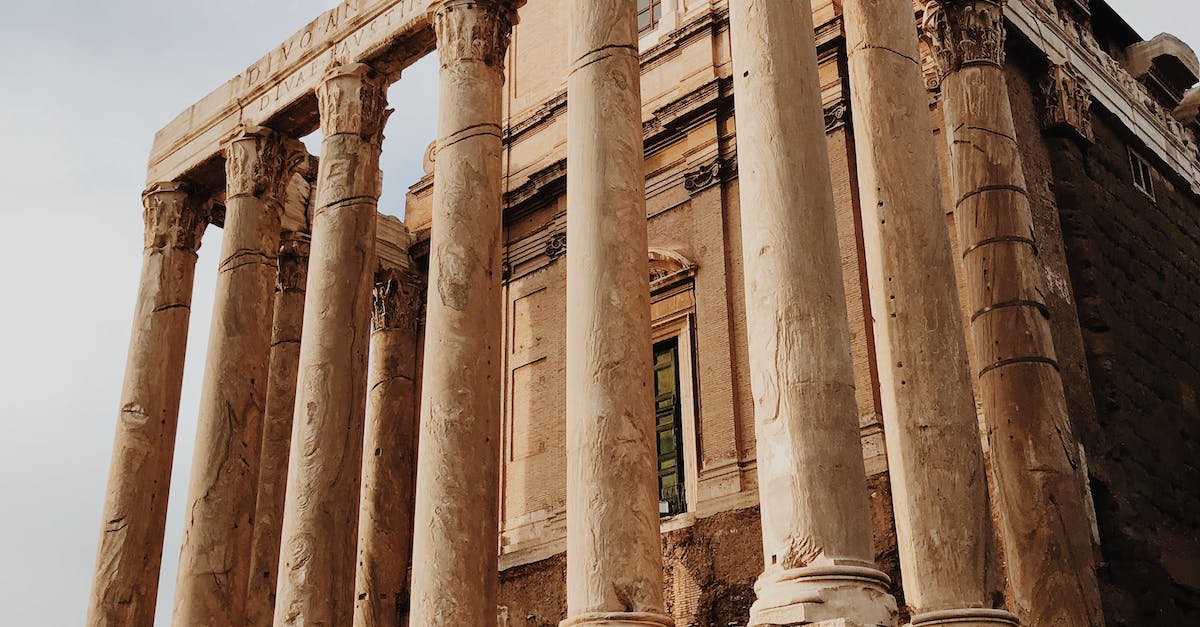10 Surprising Facts About Ancient Rome

Introduction
Ancient Rome, often referred to as the Eternal City, is a fascinating civilization that has left a lasting impact on our modern world. From its iconic architecture to its influential politics, Rome continues to captivate our imagination. In this article, we will delve into 10 surprising facts about Ancient Rome that you may not have known.
Fact 1: The Roman Empire lasted for over a millennium
One of the most remarkable aspects of Ancient Rome is the longevity of its empire. Spanning from 27 BC to 476 AD, the Roman Empire survived for over a thousand years, making it one of the longest-lasting empires in history.
Fact 2: Romans used a writing system called Latin
Latin, the language of Ancient Rome, played a crucial role in their society. It was not only used for communication and record-keeping but also became the basis for many modern Romance languages, such as Italian, Spanish, French, Portuguese, and Romanian.
Fact 3: Gladiators were celebrities of their time
Gladiatorial games were a popular form of entertainment in Ancient Rome. Gladiators were professional fighters who battled in arenas, showcasing their skill and bravery. These warriors became celebrities, with fans and admirers attending their fights just as we do today with modern-day athletes.
Fact 4: The Colosseum could hold over 50,000 spectators
The Colosseum, a magnificent amphitheater in Rome, was capable of housing over 50,000 spectators. This architectural marvel served as a venue for various spectacles, including gladiatorial contests, animal hunts, and even reenactments of famous battles.
Fact 5: Roman emperors were often assassinated
The position of Roman emperor was no guarantee of a long and peaceful reign. Many emperors met a premature end through assassination. Political intrigue, power struggles, and rival factions were common in Ancient Rome, resulting in a significant number of emperors being removed from power by nefarious means.
Fact 6: The Romans had a complex system of aqueducts
To ensure a constant water supply for the city, the Romans developed an extensive network of aqueducts. These impressive structures transported water from distant sources to Rome to fulfill the needs of its growing population. The aqueducts stand as a testament to the Romans' engineering prowess.
Fact 7: Roman society was divided into social classes
Ancient Roman society was divided into different social classes based on wealth, ancestry, and occupation. At the top were the Patricians, the ruling elite, while at the bottom were the Plebeians, the common people. This social hierarchy played a significant role in shaping Roman society.
Fact 8: Rome was a bustling metropolis
Ancient Rome was a thriving city with a bustling population. At its peak, it had an estimated population of one million people, making it one of the largest cities in the ancient world. The city was a center of trade, culture, and political power, attracting people from all walks of life.
Fact 9: Roman women had more rights than other ancient civilizations
Compared to women in other ancient civilizations, Roman women enjoyed relatively more rights and freedoms. They could own property, engage in business, and even initiate divorces. While their rights were still limited by modern standards, Roman women had more agency than their counterparts in many other societies.
Fact 10: The fall of Rome was a gradual process
Contrary to popular belief, the fall of the Roman Empire was not a sudden event but a gradual process spanning several centuries. Factors such as military defeats, economic decline, and internal instability all contributed to the decline and eventual fall of this once mighty empire.
Conclusion
Ancient Rome continues to fascinate us with its rich history and numerous accomplishments. These 10 surprising facts about Ancient Rome have given us a glimpse into the fascinating world of this civilization. From its enduring legacy in language to its grand architectural achievements, Rome's influence can still be felt today. So let us continue to explore and cherish this remarkable era in human history.